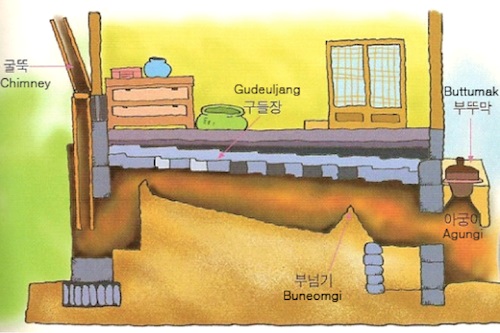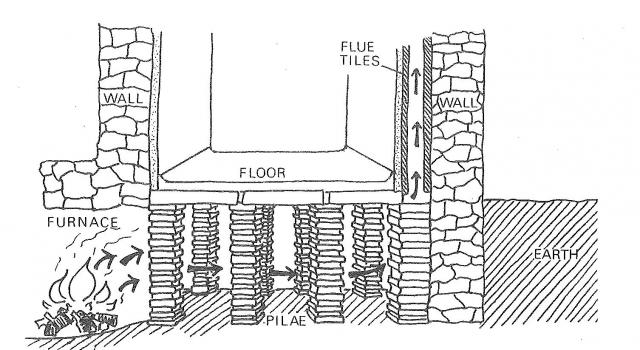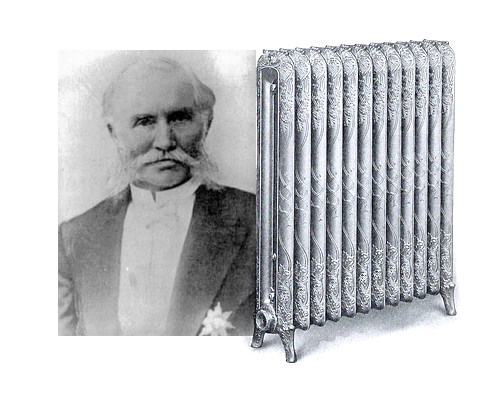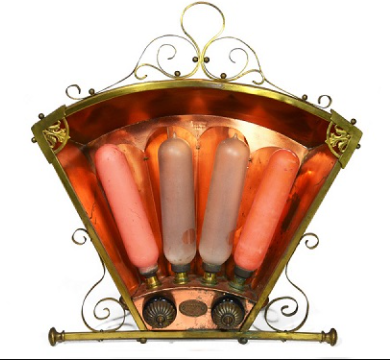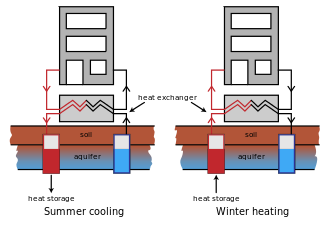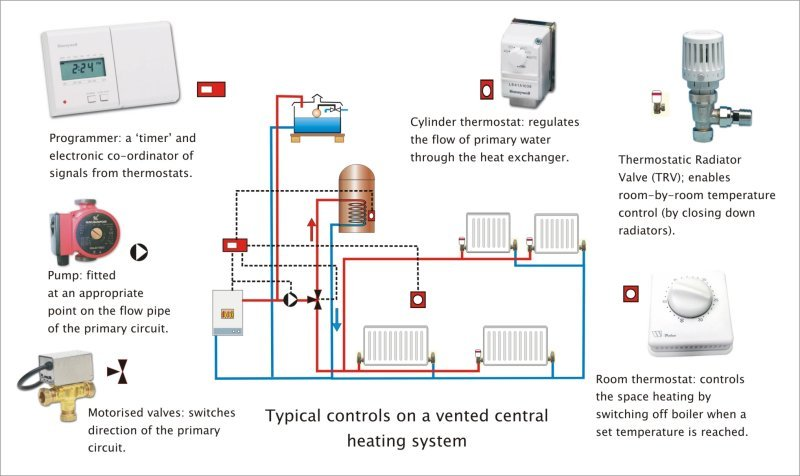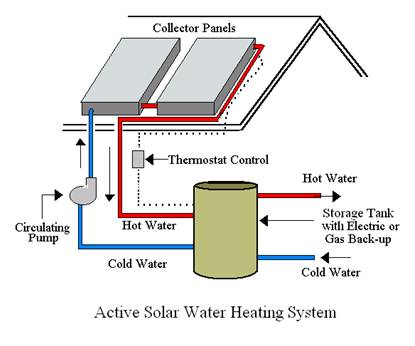The History of Central Heating
Central heating systems are an integral part of every home. They heat the radiators that provide warmth during the winter. They heat the water that makes showering a pleasant part of your rise and shine routine. And, if you’re lucky, they can even heat the water that warms your bathroom floor as you brush your teeth.
But, have you ever considered the history of the central heating system? Where did it come from? Who invented central heating? When was central heating invented? What was in place before central heating systems? When were radiators invented? Well, to find out, we’ve dived into the history books. From the hypocaust to the central heating pump, join us as we take a journey through the home heating industry’s long and intriguing history.
1000 BC Ancient Korea - The First Heating System
The Bronze Age Koreans were the first to use any heating system that resembles a central heating system. It was known as the Ondol and consisted of direct heat transfer from wood and smoke to heat the underside of a deep masonry floor.
15 AD Ancient Rome - The Centralised Heating System
Over 1000 years later the first form of centralised home heating was invented in Ancient Rome. This was known as a Hypocaust and used furnaces to produce hot air which passed through channels in the floor and walls to heat the home. Many remains of Roman hypocausts have survived throughout Europe, western Asia, and northern Africa and the hypocaust was an invention which improved the hygiene and living conditions of citizens immensely.
476 AD The Collapse of Ancient Rome
The fall of the Roman Empire saw the decline in the Hypocaust, and home heating largely reverted to being handled by fireplaces in individual rooms. For well over a thousand years, central heating was almost non-existent. Occasional one-off systems would be built, but there was no serious industry or mass production until the 1800s when the development of steam-based technology began.
1855 St Petersburg, Russia - The First Radiator
Faced with sub zero temperature and deep, long winters, it was always going to be Russia that embraced steam-based technology to heat their homes. However, it wasn’t until 1855 when a prussian-born chap named Franz San Galli invented the first cast-iron radiator that Russians could efficiently heat their homes. His design utilised a simple looping cast iron design in which heated water could pass through. While his invention is quite rudimentary compared to modern radiators, his invention is often hailed as the birth of the modern day central heating.
1883 Ohio, United States - The First Electric Heater
Nearly 30 years later in 1883, the first electric heater was then invented by Thomas Edison, followed by the first solar water heater in 1896. The electric heater was an impressive invention, featuring four high energy light bulbs that produced heat continuously while connected to a high amplitude electricity source.
1940 California, United States - The First Ground Source Heat Pump
In the late 1940s, the first direct exchange ground source heat pump was built by Robert C Webber. He developed the idea while experimenting with a deep freezer. Fixing a pair of broken cooling pipes, he accidentally burnt his hands. After a quick trip to the first aid tent, Webber went about trying to reverse the process and, after a little tinkering, a Ground Source Heat pump was born.
1950s Western Europe and North America
Since the middle of the 20th century, central heating has been fitted as standard in all new builds and in the developed world, homes without central heating are very rare indeed, and where they do exist they are normally historic buildings.
2010 The Switch to Environmental Alternatives
As we become more environmentally focused, many homeowners are turning towards alternative heating solutions to cut down costs and the all-important carbon footprint.
Solar water heaters are an alternative solution to standard central heating systems and can save households between 40-50% of annual domestic hot water requirements, and could even reduce C02 emissions of the average home by up to 10%.
Although environmentally sound heating solutions are now a key component for many homeowners, the first ultra-low energy building was first built in Germany in 1990 and it has taken nearly 25 years for energy saving heating solutions to become a mainstream option for homes.
2020 The Development of Central Heating Technology
The technology used in modern central heating has also come a long way since that first radiator was invented in the 19th century. We now have:
Central Heating Pumps
Innovative circulator technology that acts as the heart of your system, boosting your system pressure and ensuring all areas of your home receive equal amounts of warm water.
Smart Heating Control
A device which can be connected to your home heating system and smartphone. From there, you can control the temperature, when the system is due to start/stop and the pressure in the system. You can even find devices with in-built smoke and carbon monoxide detectors.
Underfloor Heating
Underfloor heating is used to warm your floors either in the bathroom or kitchen. There are two forms of underfloor heating. The most common is the electric system which uses a series of electrical cables to generate heat. The other is a water system, which is like a giant snaking pipe system which uses hot water to warm your floors. A real treat if you enjoy warm toes while brushing your teeth.
Creative Radiators
Creative radiators are an innovative form of technology where the radiator is actually blended into the design aesthetic of your home. For example, certain companies can design radiators that look like a painting, wall panels or even be built into coffee tables and desks. The range available is growing each day and soon we won’t be surprised to see even couches or potentially even a bed built into your central heating system.


